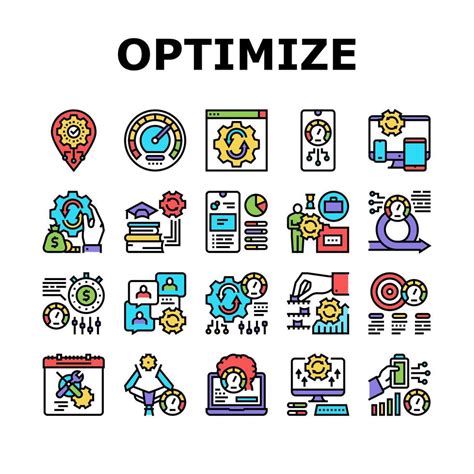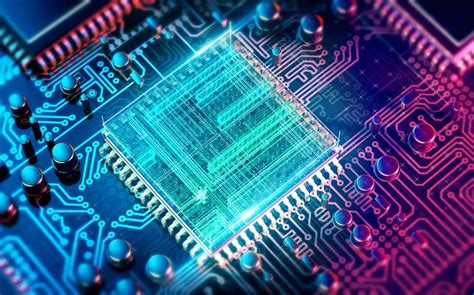Which smartwatch features are crucial for advanced recovery tracking?
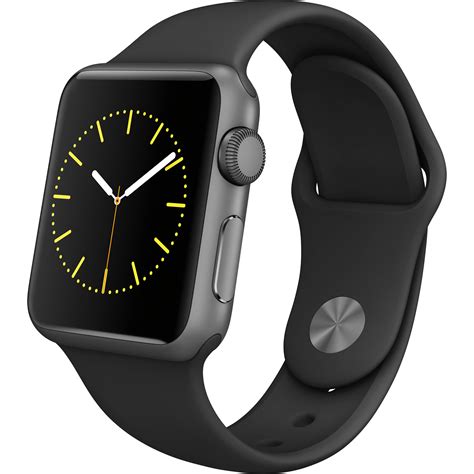
The Importance of Advanced Recovery
In the world of fitness and athletic performance, the focus often lies heavily on training. However, true progress and injury prevention are equally dependent on effective recovery. Modern smartwatches have evolved far beyond simple step counters, becoming sophisticated tools that provide deep insights into your body’s recovery state. But with a myriad of features available, which ones truly stand out as crucial for advanced recovery tracking?
Core Metrics: Heart Rate Variability (HRV)
Perhaps the single most powerful metric for gauging recovery and readiness is Heart Rate Variability (HRV). HRV measures the tiny fluctuations in the time intervals between successive heartbeats. Unlike a simple resting heart rate, which indicates your heart’s average beat, HRV reflects the activity of your autonomic nervous system (ANS) – specifically the balance between its sympathetic (fight or flight) and parasympathetic (rest and digest) branches.
A higher HRV generally indicates a more relaxed, recovered state and readiness for training, while a lower HRV can signal stress, fatigue, or overtraining. Smartwatches that provide consistent, accurate HRV readings, often taken during sleep or first thing in the morning, are invaluable for understanding your body’s response to training and life stressors.
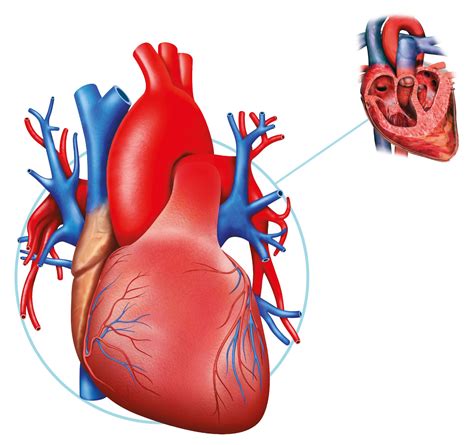
Unpacking Your Night: Advanced Sleep Tracking
Sleep is arguably the most critical component of recovery. A smartwatch equipped with advanced sleep tracking goes beyond just telling you how many hours you slept. Crucial features include:
- Sleep Stages Analysis: Differentiating between REM, Light, and Deep sleep is vital. Deep sleep is paramount for physical restoration and growth hormone release, while REM sleep aids in cognitive processing and emotional regulation.
- Sleep Disturbances: Tracking metrics like restlessness, awakenings, and even snoring (if the device supports it) can highlight issues impacting sleep quality.
- Sleep Consistency: Monitoring your sleep schedule helps identify patterns and encourages better sleep hygiene.
By providing a detailed breakdown of your sleep architecture, smartwatches empower you to make targeted adjustments for improved nocturnal recovery.
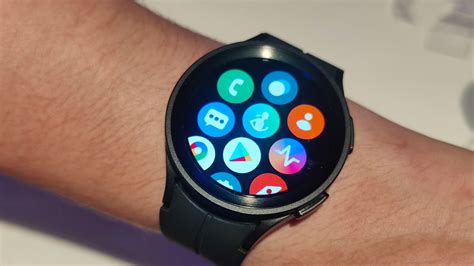
Beyond the Basics: Blood Oxygen (SpO2) and Skin Temperature
Blood Oxygen Saturation (SpO2)
While often associated with respiratory health, SpO2 tracking can offer indirect insights into recovery. Consistent low blood oxygen levels during sleep, for instance, could indicate sleep apnea or other respiratory issues that severely hamper restorative sleep. For athletes, optimizing oxygen delivery is crucial for muscle repair and energy production, making a baseline understanding of SpO2 valuable.
Skin Temperature Sensing
Some advanced smartwatches now include skin temperature sensors. While not a clinical thermometer, tracking trends in your skin temperature can reveal subtle changes in your body. Elevated temperature could signal the onset of illness, an inflammatory response from intense training, or even indicate different phases of a menstrual cycle, all of which impact recovery needs. Monitoring deviations from your personal baseline can be an early warning system.
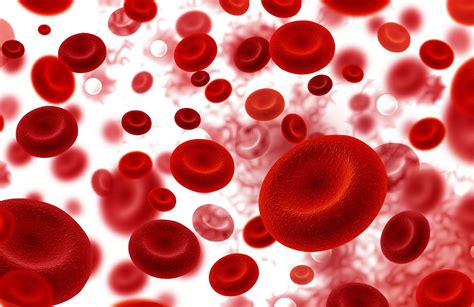
Holistic Health Indicators: Stress and Training Load
Continuous Stress Tracking
Chronic stress, whether physical or mental, is a significant recovery inhibitor. Smartwatches that provide continuous stress tracking, often derived from HRV data, help you identify periods of elevated stress throughout your day. Recognizing these patterns allows for proactive stress management, preventing burnout and promoting better recovery.
Training Load and Recovery Metrics
Many high-end smartwatches integrate algorithms that analyze your recent training sessions (intensity, duration, type) to calculate a cumulative training load. Coupled with recovery metrics like HRV and sleep data, they can then provide personalized recommendations on your readiness to train, suggested recovery times, or even the ideal intensity for your next workout. This ‘readiness score’ can be a game-changer for avoiding overtraining.
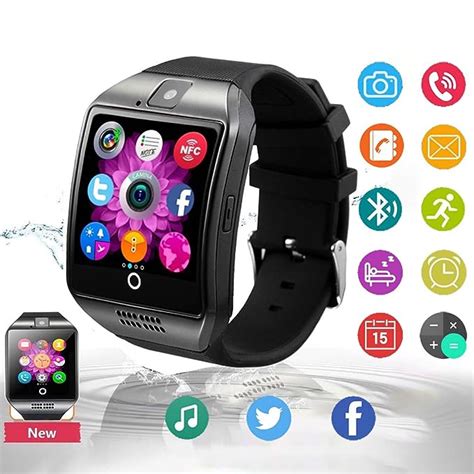
The Ecosystem Advantage: Data Integration and Battery Life
Even the best sensors are limited without proper data interpretation. Smartwatches with robust app ecosystems and seamless data integration (e.g., to platforms like TrainingPeaks or Strava) allow for deeper analysis of trends over time, providing actionable insights. Furthermore, excellent battery life is crucial; a smartwatch that needs daily charging cannot provide continuous, overnight tracking – precisely when many critical recovery metrics are captured.
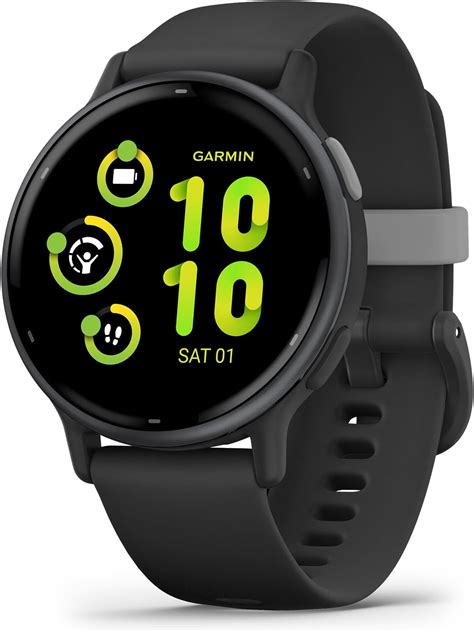
Conclusion
For truly advanced recovery tracking, prioritize smartwatches that offer accurate Heart Rate Variability (HRV), detailed multi-stage sleep analysis, and ideally, SpO2 and skin temperature sensing. Combine these with robust stress tracking and comprehensive training load/recovery metrics, all supported by a strong data platform and reliable battery life. These features transform a smartwatch from a mere gadget into a powerful personal coach, guiding you towards optimal performance and long-term health by prioritizing the often-overlooked art of recovery.
